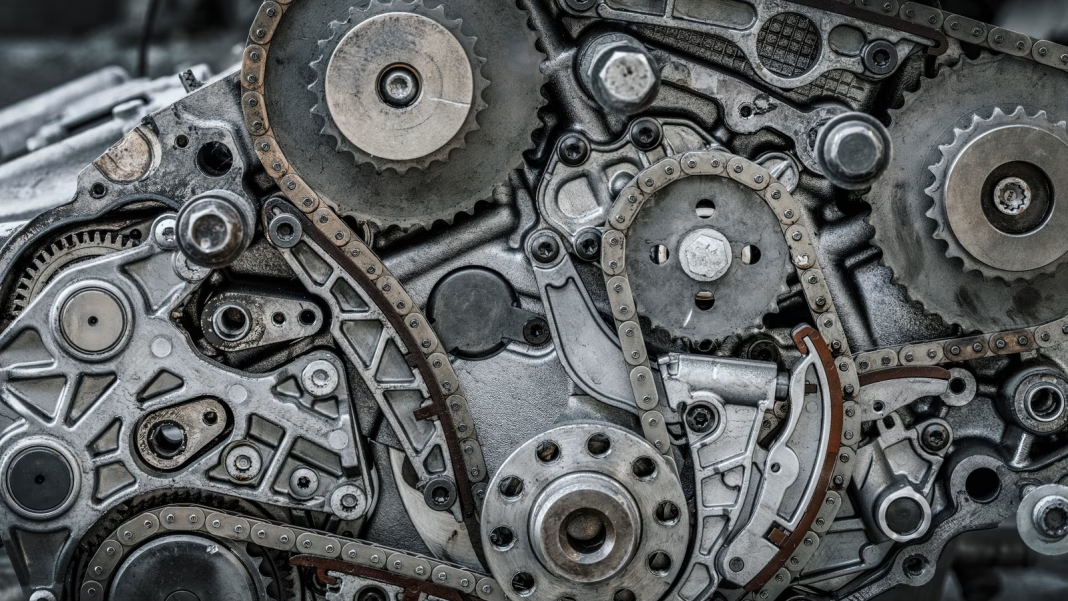Understanding the Difference Between Timing Belts and Chains
When it comes to your vehicle’s engine, timing belts and timing chains play a crucial role in keeping everything running smoothly. While both serve the same purpose—synchronizing the rotation of the crankshaft and camshaft—they have distinct characteristics that can affect your car’s performance and maintenance needs. So, how do you know which one your engine has, and why does it matter? Let’s dive in.
What’s the Big Deal About Timing Belts and Chains?
Timing belts are made of rubber and reinforced with fibers, which makes them lightweight and relatively quiet. They’re typically found in smaller engines and are designed to be replaced at regular intervals, usually around 60,000 to 100,000 miles. If a timing belt fails, it can lead to catastrophic engine damage, often resulting in costly repairs.
On the other hand, timing chains are made of metal and are generally more durable. They’re designed to last the lifetime of the engine, which means you might never need to replace them. However, they can stretch over time and may require occasional adjustment or replacement if they become too loose. The downside? They can be noisier than belts and may lead to issues if not properly maintained.
How Do You Know What’s in Your Engine?
Identifying whether your engine uses a timing belt or chain is relatively straightforward. You can check your owner’s manual, which will typically specify the type of timing mechanism. If you don’t have access to the manual, a quick online search with your vehicle’s make and model will yield the information you need.
Another option is to pop the hood and take a look. Timing belts are usually located at the front of the engine and are covered by a plastic or metal casing. Timing chains, however, are often found inside the engine, making them less visible without some disassembly. If you’re unsure, a trusted mechanic can easily identify which system your engine uses.
Why Should You Care?
Understanding whether your engine has a timing belt or chain can save you time, money, and headaches down the road. If your car has a timing belt, staying on top of replacement schedules is crucial. Neglecting this maintenance can lead to severe engine damage, leaving you with a hefty repair bill.
For those with timing chains, while they may not require as frequent attention, it’s still important to keep an eye on them. Regular oil changes and proper maintenance can help prevent issues like stretching or wear, ensuring your engine runs smoothly for years to come.
Real-World Implications
Let’s consider a scenario. Imagine you’re driving a vehicle with a timing belt, and you’re approaching the 80,000-mile mark. If you haven’t replaced the belt yet, you might be playing a risky game. One day, you could be cruising down the highway when suddenly, the engine sputters and dies. The culprit? A snapped timing belt. Now you’re facing not just the cost of a new belt but potentially a complete engine rebuild.
Conversely, if you own a car with a timing chain and keep up with regular maintenance, you might enjoy a longer lifespan for your vehicle. Many drivers report that their cars with timing chains have lasted well over 200,000 miles with proper care.
The Takeaway
Understanding the differences between timing belts and chains isn’t just a matter of car trivia; it’s about making informed decisions that can impact your vehicle’s longevity and your wallet. Whether you have a timing belt or chain, staying proactive with maintenance is key. The big takeaway? It’s not about perfection—it’s about smarter adjustments. Start with one change this week, and you’ll likely spot the difference by month’s end.


